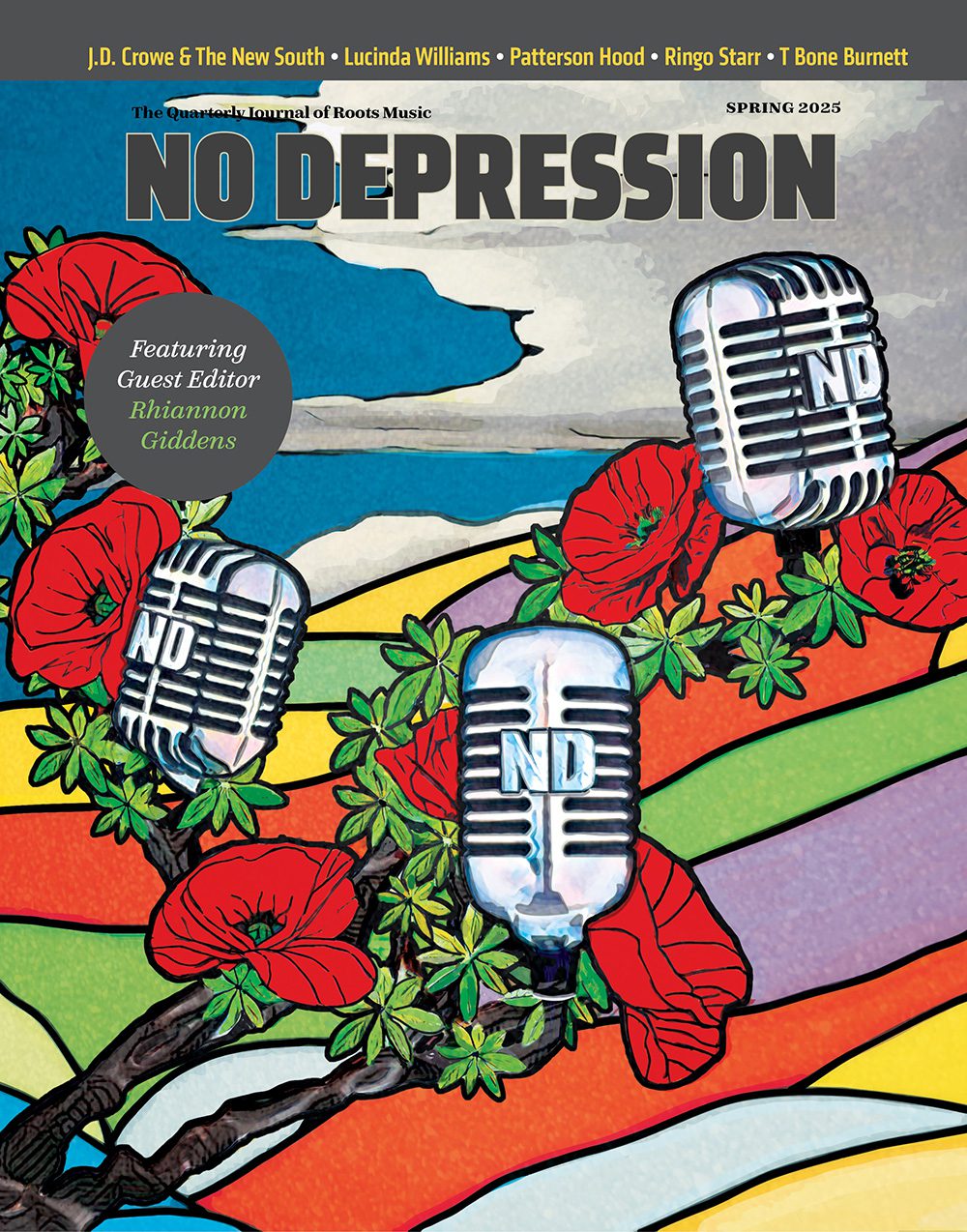
When I reviewed Jon Gomm’s Don’t Panic, he was struggling to find an audience. The gigs were comparatively few and not as attended as he would have liked but he knew he had something and worked hard and developed a style which, thanks to an encounter with Simon Cowell (Gomm told him to take a flying leap when Cowell asked him to become a contestant on his new X-Factor venture which Stephen Fry immortalized by writing about it in a newspaper column), became an obsession for the people exposed to his guitar wizardry. Since then, Gomm’s legend has grown in every country but the United States, which he has yet to tour, the tour scheduled for this year having been postponed until next. I have no doubt you will soon know the name if not the music for he is a guitarist of the first water and a nice guy to boot. Don’t Panic was my introduction to his work. It was the beginning of my own Jon Gomm obsession. Outstanding guitarist and nice guy? Hard combination to beat. The review:
When home studios began to make inroads in the music community, debates raged. For the industry backers, arguments against ranged from quality of recording to quality of musician because it seemed to them that most music and most recordings left much to be desired. The quantity alone, they argued, would lessen the gene pool and destroy the whole “survival of the fittest” mantra upon which the industry itself had supposedly been based. For the other side, it was all about accessibility. Studio prices were prohibitive, talent at the mercy of labels and lawyers and on the street side, the best venues somewhat controlled by vested interests.
“Home recordings” until then had a negative connotation. The quality of most were bootleg at best, the songs usually in demo mode and many efforts haphazard. Major labels prided themselves upon rejecting even professional level recordings, dropping “outside” projects completely off their maps on the whole, and only today are we beginning to hear the folly of their choices (I mean, why MCA rejected Glass Harp’s Live at Carnegie Hall album is anyone’s guess). But, hey, as equipment got better and as the musicians themselves got better, the music got better too and all we need do is look around to see the changes, good or bad.
Mostly good, to my ears, and the comments about quality? Yesterday’s news. Home studios, of course, don’t usually use a home. Most use one or two rooms of a home and for some reason, the kitchen is the majority’s choice. Jennifer Leonhardt’s Minstrel’s Daughter was recorded in a kitchen, for instance, and Dori Turner’s Songbook utilized kitchen acoustics, as did Emily Wells’ Beautiful Sleepyhead and the Laughing Yaks, the bathroom also supplying adequate acoustics. All of those albums are musically far above the norm. And Hymn For Her took it one step further and turned their whole sixteen-foot Airstream trailer into a recording studio for the Lucy & Wayne & the Amairican Stream album. Truth is, there must be something in the acoustics of certain rooms, especially the kitchen—something about the way the sound bounces or its containment, because when musicians want that certain sound—well, they find a way to get it.
While it is a matter of conjecture how the sound was put together for Don’t Panic, it was recorded at home and the ears say that it was done right. From the beginning, Gomm’s combination of percussion, picking and strumming challenges the ear to keep up, “Waterfall” a whitewater of sounds rushing to the edge. Gomm calls “Afterglow” jazz-grunge and one can’t argue, the jazzy and angst side of acoustic rock dominant. The acoustic guitar intro to “Temporary” is a combination of speed-picking and dream-inducing runs, but the meat of the song is pure folk with a slight jazz tinge—and oh, that guitar! Gomm can make it do just about anything, twisting and strangling strings in a seemingly arbitrary fashion to create the most fitting sounds—guitarists, take note! Every Englishman is required to do ”Gloria” at one time or another during their music life, but this isn’t the tune you’re imagining. Gomm’s “Gloria” is a mood reflection, a remembrance of romance destined for social hell, but a fondly remembered hell. Tongue in cheek, Gomm hits the spot and if you listen closely, you get the conflict.
Topeka, Kansas: a place Gomm’s never been. Most Americans have never been there either, but most Americans don’t write songs about it. Here are the liner notes: “I was trying to express that feeling of nostalgia you can sometimes get for a place or time you’ve never actually experienced, only imagined. I’ve never been to Topeka, Kansas, but I have reason to believe it sounds like this.” “Topeka” is a short and exceptional instrumental (Gomm can indeed play). One day, I might go there myself just to see if he was right. The beginning of “Loveproof” has me thinking “I Say a Little Prayer” every time, but it is just the first line and only melodically. From there, Gomm takes it on one of his special rides, tossing in a few backup harmony twists for good measure. If you like your acoustic blues metallic and loose, “Surrender” should suffice. Of course, it is not your standard blues. I don’t think anything this guy does is standard. He uses the term “Mega-cheese” to describe “Rescue Song,” but I don’t hear it. I don’t think he meant it, truthfully, or he wouldn’t have included it on the album. It is a dreamscape of sentiment, a statement with magical guitar backing. “The Weather Machine,” seven minutes long, is a manic collage, of sorts. Lyrics and the occasional frantic guitar are there for a reason, but you have to pay close attention to get it. Allow me to refer to liner notes once again: “A metal/flamenco/middle-eastern mush, which along with the words is all one big metaphor Western globalization and homogenization of the East.” Whew. Makes me sweat just typing it. Worth every second of the seven minutes, though. Another instrumental, “Wake Up!” strums and picks its way through the process of—waking up, that is. Some intense guitar, but then there is intense guitar everywhere on this album.
Gomm caps the album off with “What’s Left For You?,” a song written after a chance encounter with a Rasta who gave Gomm a version of the meaning of life. He brings in Natasha Koczy to help with vocals, the only time two separate voices meet (Gomm overdubs his own a couple of times) and it works. A nice letdown after a ride on Jon Gomm’s train.
The discussion regarding home studios seldom ranged into the music itself at the beginning, at least in terms of structure, but that is where the real revolution took place. Home studios have given many musicians who do not necessarily feel comfortable in a major studio a free-range attitude. You can hear it on Paul Curreri’s albums, most notably the outstanding The Velvet Rut and California. There is a freedom to not only the musical styles but to recording techniques. Jon Gomm’s style, while not musically the same, has the same spirit and adventurousness. And his guitar? Let me just say that a Paul Curreri/Jon Gomm bill would be a guitarist’s dream come true. If it ever happens, I’ll do my damndest to be there.


